Gilbert Anderson was born on the 14 July 1923 and came from Blackpool, Lancashire. Although he enlisted on the 22 July 1941, this was deferred until the 7th August 1941, and he was posted to the 70th (Young Soldiers) Battalion, The Border Regiment at the Infantry Training Centre, Carlisle. [1]
On the 16 September 1942 he transferred to The East Lancashire Regiment, and by June 1943 he was serving in the 5th Battalion, when he was involved in a training accident involving a chemical warfare agent: ‘Exposed to a C.W. Agent during week ending 26-6-43 at Chemical Defence Experimental Station, Porton, Wilts’. [1]
After recovering from this he volunteered for Airborne Forces and was posted to Hardwick Hall in Chester, on the 4th August 1943. This was the then Depot of The Parachute Regiment and Airborne Forces, and is where he would undergo the selection phase and preliminary parachute ground training.
He was then sent on Parachute Course 80 at RAF Ringway 30 August to 9 September 1943, but sprained his ankle on landing, with his feet apart, after making his second balloon jump and was unable to complete the course. He returned to RAF Ringway on the 29 November, to complete his training on Parachute Course 93, and qualified as a military parachutist on the 13 December 1943. His Parachute Instructors comments: “Improved with each descent, overcame nervousness”. [2]
He was one of approx. 100 on the course who were reinforcements for the 1st Airborne Division, and he was posted to the 11th Parachute Battalion on the 16 December 1943. However, the 11th Battalion, at this time, was still at sea, on its way back from Italy and North Africa, so he did not have to report for duty until the second week in January 1944. He was assigned to 2 Platoon, ‘A’ Company, then billeted at Carlton Curlieu Hall in Leicestershire. However, in May 1944, the whole Battalion moved into a Military Camp at Melton Mowbray.
On Monday, 18 September 1944, he took off from Saltby aerodrome aboard a Dakota aircraft of the American 314th Troop Carrier Group, bound for DZ ‘Y’ at Ginkel Heath in Holland, as part of the 2nd Lift of Operation ‘Market-Garden’.
Immediately after the 11th Battalion had moved into their RV at the South-East corner of the drop zone they were informed that their orders had been changed and they were to proceed into Arnhem itself and reinforce the 1st Parachute Brigade attempting to get through to the defenders at Arnhem Bridge.
By the early hours of Tuesday, 19 September, the battalion was in position just to the West of the St Elizabeth’s Hospital and the plan that had been arranged was for the 11th Battalion to follow-up behind the 2nd Bn, The South Staffordshire Regiment, along the Utrechtseweg, and when the advance had reached the area of the railway station, to pas through them and link up with the defenders at the bridge.
‘A’ Company of the 11th Battalion were the lead unit and had moved past the St Elizabeth’s Hospital, on the Northern side of the road, and were advancing towards the Municipal Museum, when they were hit from the South and from the North by mortar and artillery fire. After digging-in they were then hit from the East by armour that had forced the South Stafford’s back. Most of the Company was overrun, with only a few of them being able to withdraw with the remainder of the Battalion towards Oosterbeek.
Private Anderson was not amongst them.
The official date of death, 25 September 1944, is very likely incorrect, as he was buried by the Dutch Red Cross on the 2nd October 1944, beside the Onderlangs (which is the lower road near the St Elizabeth’s Hospital) in Arnhem. He was therefore more likely to have been killed in action on the 19th September, or died of his wounds on the 20th September 1944.
Unfortunately after the war his grave could not be positively identified and he is commemorated on the CWGC Memorial to the missing at Groesbeek, in The Netherlands, panel 8.
The son of Thomas and Elizabeth Anderson, of Blackpool, Lancashire, he was 21 years old when he was killed.
NOTES:
[1] Service Records.
[2] Parachute Course Reports, RAF Ringway. 1943.
Created with information kindly supplied by R Hilton
Read More
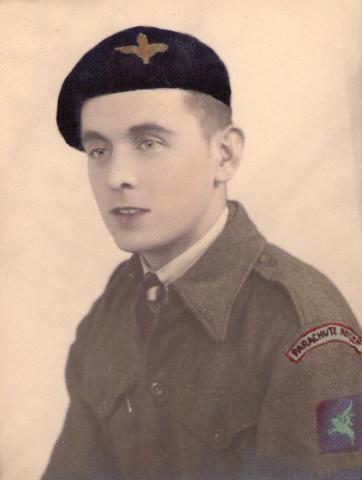
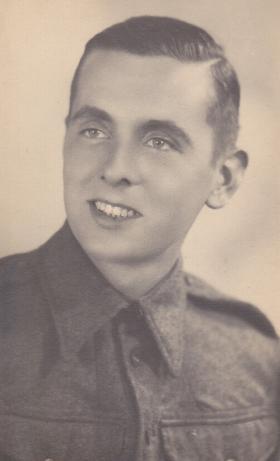
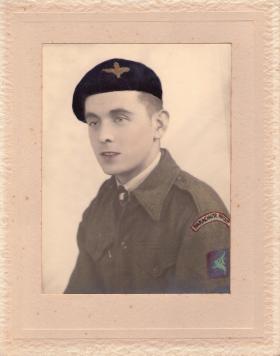
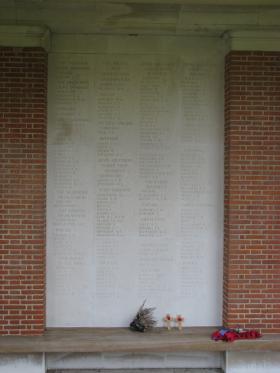
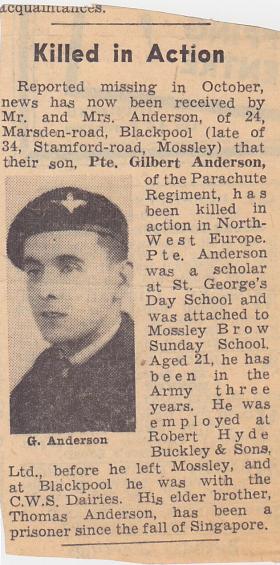
Latest Comments
There are currently no comments for this content.
Add Comment
In order to add comments you must be registered with ParaData.
If you are currently a ParaData member please login.
If you are not currently a ParaData member but wish to get involved please register.